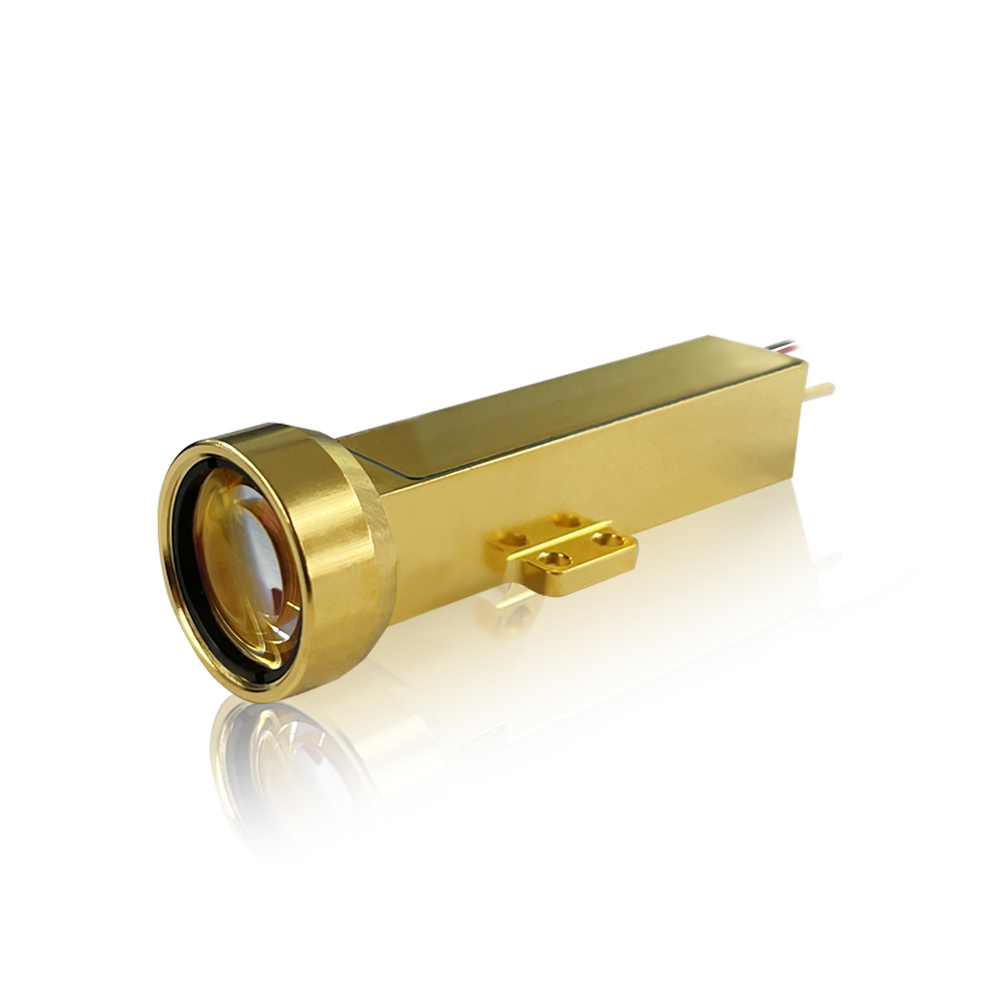Subscribe to Our Social Media For Prompt Post
In the world of modern technology, lasers have become indispensable tools across various industries. Among the various types of lasers, solid-state lasers hold a prominent position due to their unique properties and wide-ranging applications. This article will delve into the fascinating realm of solid-state lasers, exploring their working principles, advantages, applications, and recent advancements.
1. What Are Solid-State Lasers?
Solid-state lasers, as the name suggests, are lasers that utilize a solid medium as the gain medium. Unlike their gas and liquid counterparts, solid-state lasers generate laser light within a solid crystalline or glass material. This distinction contributes to their stability, efficiency, and versatility.
2. Types of Solid-State Lasers
Solid-state lasers come in various configurations, each tailored for specific applications. Some common types include:
- Neodymium-doped Yttrium Aluminum Garnet (Nd:YAG) Lasers
- Erbium-Doped Fiber Lasers
- Titanium Sapphire (Ti:Sapphire) Lasers
- Holmium Yttrium Aluminum Garnet (Ho:YAG) Lasers
- Ruby Lasers
3. How Solid-State Lasers Work
Solid-state lasers operate on the principle of stimulated emission, just like other lasers. The solid medium, doped with certain atoms or ions, absorbs energy and emits photons of coherent light when stimulated by an external light source or electrical discharge.
4. Advantages of Solid-State Lasers
Solid-state lasers offer several advantages, including:
High beam quality
Efficient energy conversion
Compact and robust design
Long operational lifespan
Precise control of output
5. Applications of Solid-State Lasers
The versatility of solid-state lasers makes them invaluable in numerous applications, such as:
Medical Procedures: Used in laser surgery and dermatology.
Manufacturing: For cutting, welding, and engraving.
Scientific Research: In spectroscopy and particle acceleration.
Communication: In fiber optic communication systems.
Military and Defense: For rangefinding and target designation.
6. Solid-State Lasers vs. Other Laser Types
Solid-state lasers have distinct advantages over gas and liquid lasers. They offer better beam quality and efficiency, making them preferred choices in many applications. Moreover, solid-state lasers are more compact and require less maintenance.
7. Recent Advances in Solid-State Laser Technology
Recent developments in solid-state laser technology have led to enhanced performance and expanded applications. These include the development of ultrafast solid-state lasers for precise material processing and breakthroughs in high-power solid-state laser systems.
8. Future Prospects of Solid-State Lasers
As technology continues to advance, solid-state lasers are poised to play an even larger role in our lives. Their potential applications in fields like quantum computing and space exploration hold exciting prospects for the future.
Solid-state lasers have revolutionized various industries with their precision, efficiency, and versatility. From medical procedures to cutting-edge research, their impact is profound and ever-expanding. As technology evolves, we can only anticipate that solid-state lasers will continue to illuminate our path forward.
FAQs
Q1: Are solid-state lasers safe for medical use? A1: Yes, solid-state lasers are widely used in medical procedures due to their precision and safety
Q2: Can solid-state lasers be used for 3D printing applications? A2: While not as common as other laser types, solid-state lasers can be employed in some 3D printing processes.
Q3: What makes solid-state lasers more efficient than other laser types? A3: Solid-state lasers have a more efficient energy conversion process and higher beam quality.
Q4: Are there any environmental concerns associated with solid-state lasers? A4: Solid-state lasers are generally environmentally friendly, as they do not require harmful gases.
Post time: Sep-22-2023

